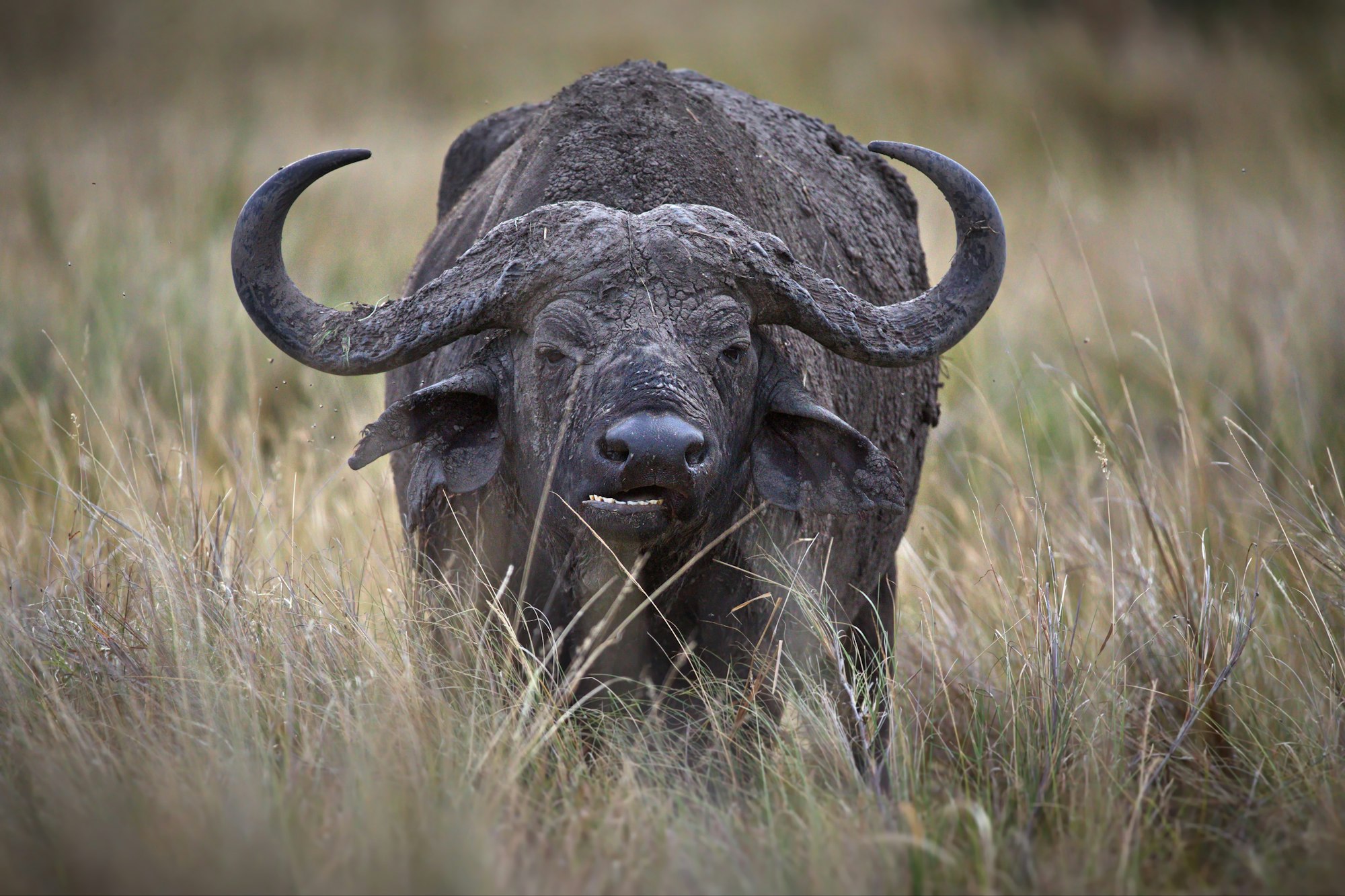Facts About Buffalo: Nature’s Gentle Giants

Are you curious about the majestic creatures known as buffalo? These impressive animals have captivated humans for centuries with their strength, resilience, and importance in various cultures. In this comprehensive guide, we’ll explore some of the most interesting facts about buffalo, shedding light on their unique characteristics, behaviors, and significance in our world.
The Buffalo: An Overview
Before we dive into the fascinating details, let’s clarify what we mean by “buffalo.” There are two main types of animals commonly referred to as buffalo:
- American Bison: Often incorrectly called buffalo in North America
- Water Buffalo: Found in various parts of Asia, Africa, and Europe
For this article, we’ll focus primarily on the water buffalo, as they are the true buffalo species. However, we’ll also touch on some interesting comparisons with the American bison.
Physical Characteristics of Water Buffalo
Water buffalo are impressive creatures with several unique physical features:
- Size: Adult water buffalo can weigh between 1,500 to 2,650 pounds (680 to 1,200 kg)
- Height: They stand about 5 to 6.2 feet (1.5 to 1.9 meters) tall at the shoulder
- Horns: Both males and females have distinctive curved horns
- Coat: Their coats are usually dark gray or black
- Lifespan: Water buffalo can live up to 25 years in the wild
Comparing Water Buffalo and American Bison
| Feature | Water Buffalo | American Bison |
|---|---|---|
| Native Habitat | Asia, parts of Europe and Africa | North America |
| Weight | Up to 2,650 lbs | Up to 2,200 lbs |
| Horn Shape | Curved | Shorter and sharper |
| Coat Color | Dark gray or black | Dark brown |
| Domestication | Widely domesticated | Primarily wild |
Habitat and Distribution
Water buffalo are adaptable creatures found in various habitats:
- Wetlands: They thrive in swampy areas and muddy terrain
- Grasslands: Often found grazing in open fields
- Forests: Some subspecies inhabit forested regions
These versatile animals are distributed across several continents, including:
- Asia (particularly India, Southeast Asia, and China)
- Parts of Europe (including Italy)
- Some regions of Africa
The Importance of Water Buffalo in Agriculture
One of the most interesting facts about buffalo is their significant role in agriculture. Here’s how they contribute:
- Draft Animals: Water buffalo are powerful and can pull heavy loads
- Plowing Fields: Their strength makes them ideal for preparing land for planting
- Milk Production: Buffalo milk is rich and used to make various dairy products
- Meat Source: In some cultures, buffalo meat is a valuable protein source
Buffalo Milk: A Nutritional Powerhouse
Buffalo milk is known for its rich composition:
- Higher fat content than cow’s milk
- More protein and calcium
- Used to make mozzarella cheese in Italy
Buffalo Behavior and Social Structure
Understanding buffalo behavior reveals some fascinating insights:
- Herd Animals: Water buffalo are highly social and live in herds
- Matriarchal Society: Herds are often led by older females
- Mud Bathing: They love to wallow in mud to cool off and protect their skin
- Strong Swimmers: Water buffalo are excellent swimmers and can cross rivers easily
Conservation Status and Threats
While domesticated water buffalo are numerous, wild populations face challenges:
- Habitat Loss: Due to human expansion and agriculture
- Hunting: Some wild buffalo are hunted for meat or sport
- Hybridization: Interbreeding with domestic buffalo can dilute wild genes
Conservation efforts are crucial to protect wild water buffalo factsgem.com/facts-about-water-buffalo/ populations and maintain genetic diversity.
Interesting Buffalo Facts You Might Not Know
Here are some additional fascinating facts about buffalo:
- Water buffalo have been domesticated for over 5,000 years –
- They can submerge themselves underwater for up to 2 minutes
- Buffalo have excellent hearing and sense of smell
- Some cultures consider buffalo sacred animals
- Water buffalo can recognize their names when called
Buffalo in Culture and Mythology
Buffalo hold significant places in various cultures:
- Hinduism: The god Yama is often depicted riding a buffalo
- Southeast Asian Folklore: Many stories feature buffalo as symbols of strength and perseverance
- Native American Culture: While not true buffalo, the American bison plays a crucial role in many traditions
The Future of Buffalo: Challenges and Opportunities
As we look to the future, several factors will influence buffalo populations:
- Climate Change: Shifting habitats may affect buffalo distribution
- Sustainable Agriculture: Balancing buffalo use in farming with conservation
- Ecotourism: Potential for buffalo-focused wildlife experiences
- Genetic Research: Efforts to maintain diverse buffalo populations
Conclusion: Appreciating the Majestic Buffalo
From their impressive physical strength to their crucial role in agriculture, buffalo continue to fascinate and inspire us. By understanding these interesting facts about buffalo, we gain a deeper appreciation for these remarkable animals and their place in our world.
Whether you’re a wildlife enthusiast, a farmer, or simply curious about nature’s wonders, the buffalo offers a wealth of knowledge and admiration. As we move forward, it’s essential to balance our use of these animals with conservation efforts to ensure that future generations can continue to marvel at the majestic buffalo.



















